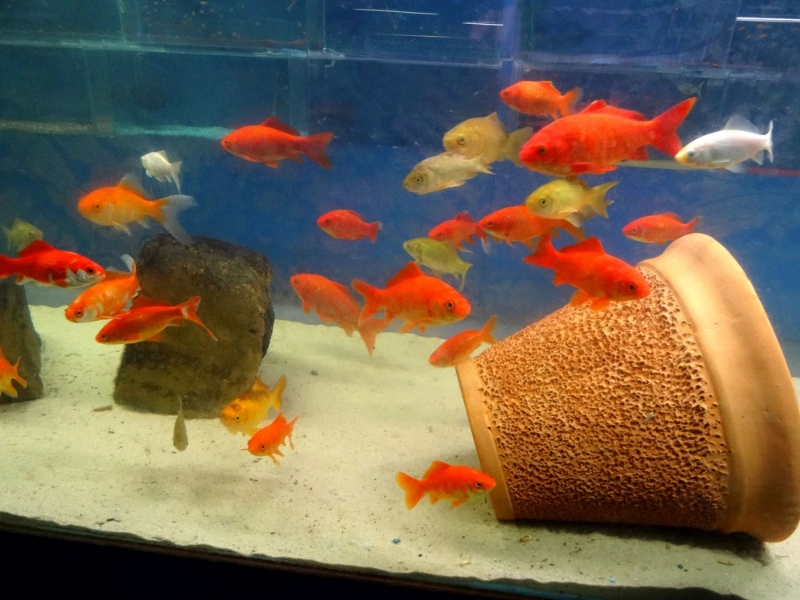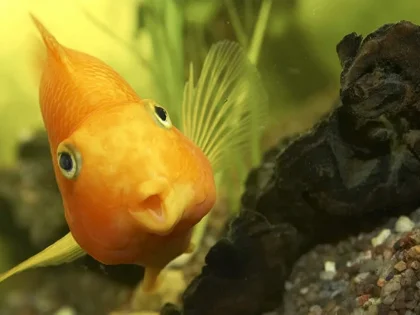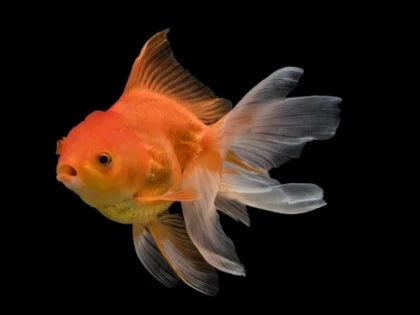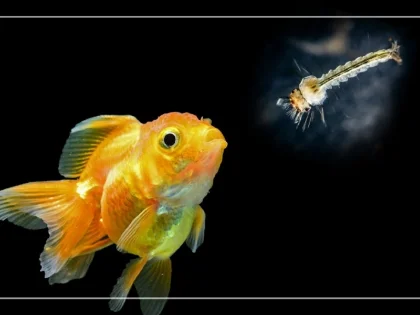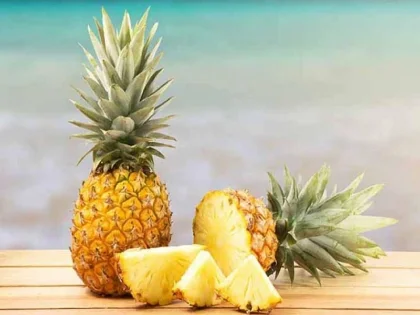Similar-sized tank mates can be kept with goldfish, who are calm fish. Steer clear of keeping them near cichlids or tetra species, which are aggressive fish that can nip fins.
As hog-nosed bronchitis or hillstream loaches, they are excellent companions for goldfish since they can withstand colder climates and enjoy eating algae. But in order to keep them and the goldfish apart, you'll need a big tank.
Pink Barbs
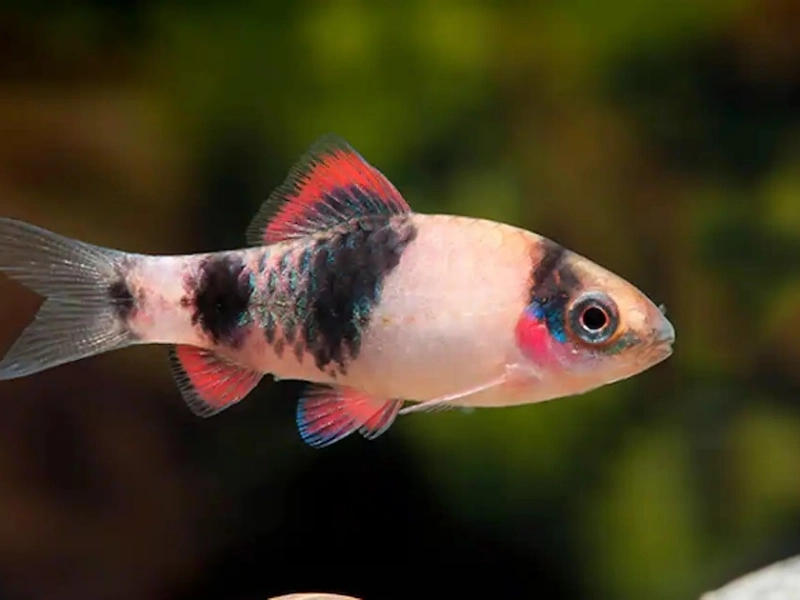
Advertisement
Easy-to-care-for fish that liven up any aquarium are rosy barbs. They are easily found in stores and do well in a community setup or species tank. Compared to most fish, they can withstand a greater variety of water parameters, but to guarantee clean and healthy circumstances, it's always crucial to conduct routine tests and complete tank changes.
Eaters of both plant-based meals and small insects, worms, crustaceans, and brine shrimp, rosy barbs are opportunistic and omnivores. They also like freeze-dried foods, pellets, and flakes. Fish that are territorial or aggressive shouldn't be kept together since these fish can clip the fins of slower-moving tankmates. They seem their most bright when they are in a large shoal, since that is where they thrive. Eating foods high in carotenoids will help them retain their reddish-pink hue, which can fade in stressful settings.
Minnows of White Cloud Mountain
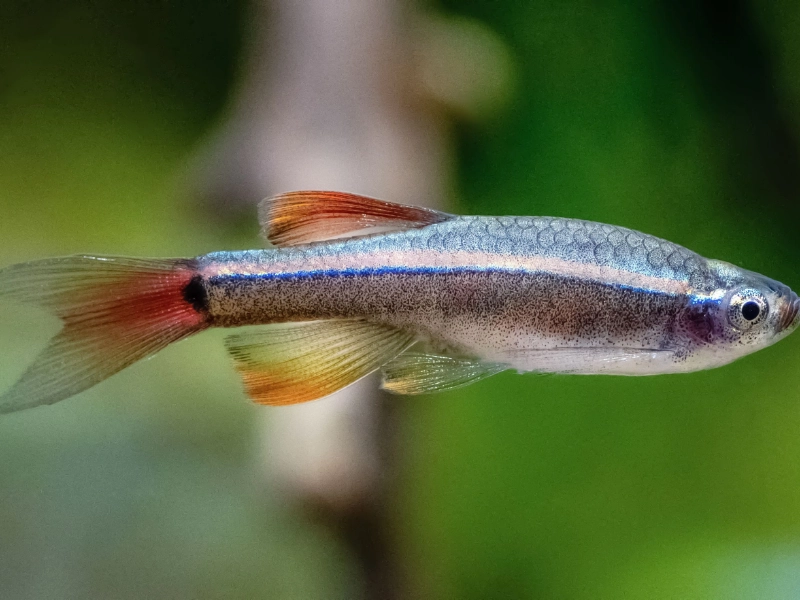
Cloud White Mountain Being opportunistic omnivores, minnows will gladly eat a wide variety of fresh or frozen meals; they especially enjoy brine shrimp, blood worms, and mosquito larvae. Regular flakes and pellets can also be given to them, but make sure to select premium brands to prevent any health issues from eating subpar food.
These fish are commonplace in community tanks and can make excellent additions to planted aquariums. They are a fantastic substitute for more tropical fish species and are rather easy to care for.
They are found in the wild in the rocky seas of southern China, where they eat the larvae of insects and plankton. Even though these resilient fish are threatened in the wild, they are still a common choice for aquariums today. They have a stunning appearance with their red fins and coppery-orange lime running down their bodies.
Unknown Snails
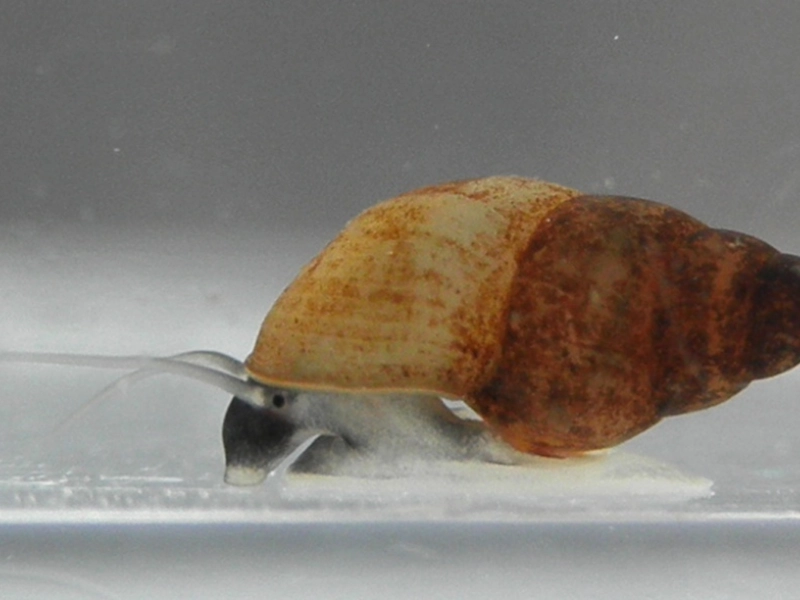
By feeding on algae, plant waste, and leftover food, mystery snails—adorably busy and adorable tank mates—can enhance the quality of the water in their tanks. They also remove nitrates and uneaten food, which helps keep the aquarium clean. Being omnivores, they enjoy eating flakes, plants, and fish that are both dead and alive. They can't see well, so they utilize their sensing tentacles to navigate the tank and investigate its surroundings. They inflate their lungs with oxygen via a lengthy breathing siphon.
They need a substrate of soft enough sand that they can burrow into. It’s best to pair them with fish that don’t nip fins, like bristlenose plecos or rosy barbs. They also require a diet high in calcium to keep their shells in good condition. A calcium source, like cuttlebone or shell grit, can be added to their tank once a week.
Ghost Shrimp
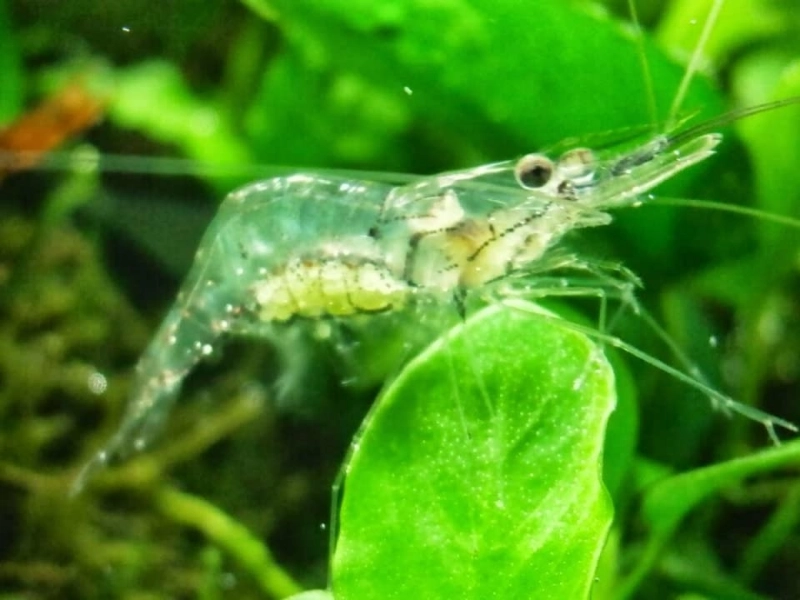
In aquariums, ghost shrimp serve as organic cleaners by consuming anything that ends up at the bottom of the tank. This helps keep the water clean and free from pollutants like ammonia, nitrite, and nitrate, which could otherwise affect the growth of aquatic plants and the health of animals that live in the tank.
These little guys are easy to keep, making them a great tank companion for goldfish. They can be fed flakes, small pellets, and frozen food.
These shrimp thrive in a well-established, planted tank with a moderate current of continuously moving water. They need hiding places as well, such as rocks built into caves or other decorations. They should also be kept in a tank that is not overstocked, as this can lead to water quality issues.
Axolotl
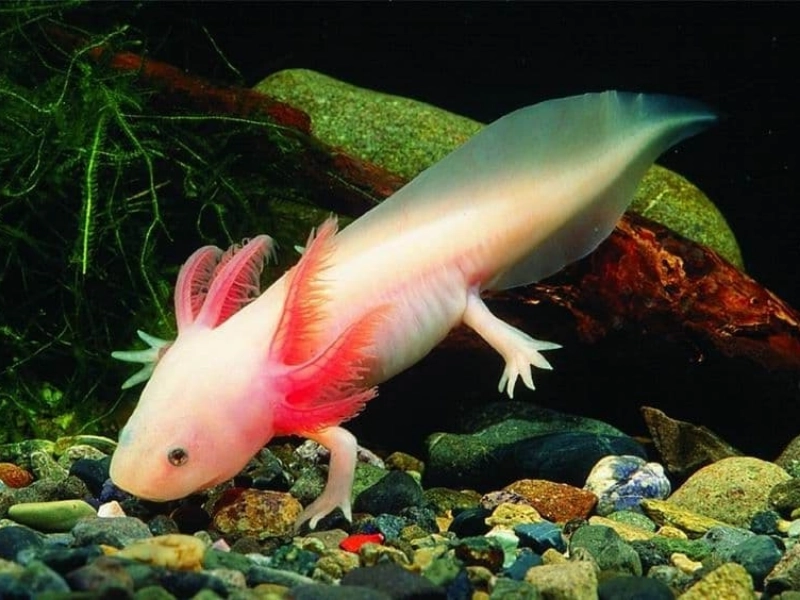
An axolotl, also called a salamander or a Mexican fire salamander, is a small amphibian that exhibits neoteny, meaning it retains its larval and juvenile characteristics into adulthood. These little water creatures breathe primarily through their gills, but they do have rudimentary lungs.
They reproduce by releasing a jelly-like mass that contains sperm onto a substrate, which the female then collects with her tail-shaking display. She then fertilizes her 300 to 1,000 eggs, which she places individually on plants or rocks for protection from predators.
These little creatures are famous for their superpowers of regeneration, regrowing a lost limb in only a few weeks with no scarring. In the lab, they can even regrow their hearts, lungs, jaws, and spines. When kept as pets, axolotls do best when kept alone to limit cannibalism, although a large tank is essential for their well-being.
Advertisement






